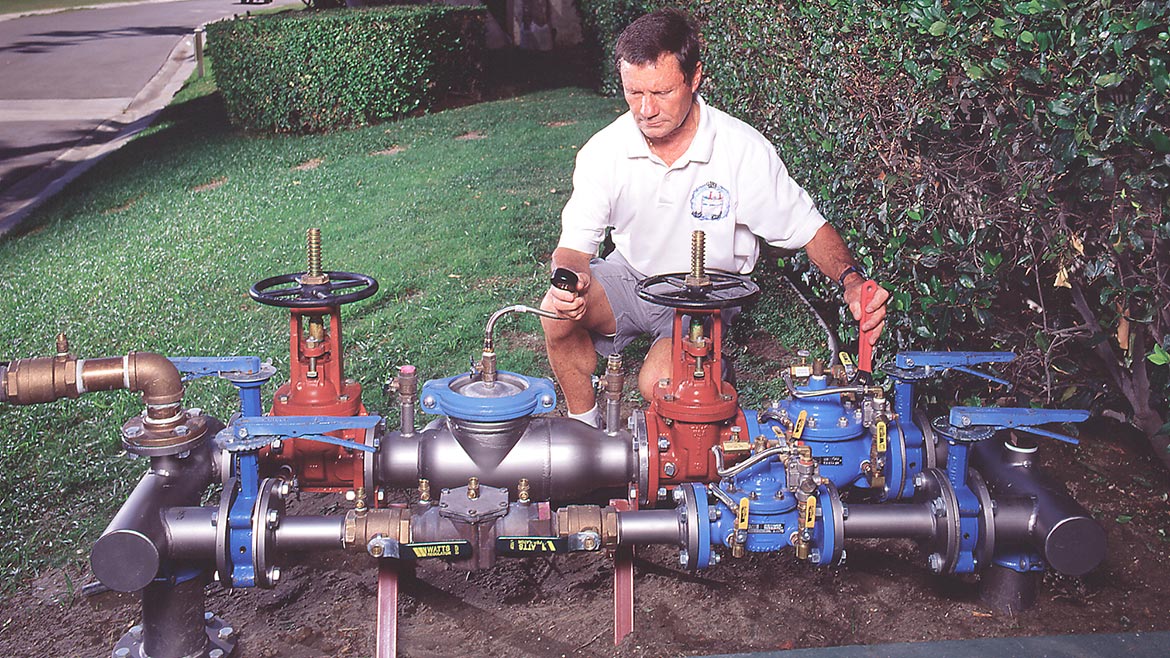When it comes to protecting your home from water damage, the importance of a good sump pump cannot be overstated. A sump pump serves as your first line of defense against flooding, particularly in basements and crawl spaces where moisture tends to accumulate. Let's delve into why having a reliable sump pump is essential for any homeowner, especially those living in areas prone to heavy rainfall or flooding.
Why You Need a Quality Sump Pump for Basement Flood Prevention
Flooding can occur unexpectedly, turning your serene basement into a waterlogged nightmare. Investing in a quality sump pump is not just about convenience; it's about safeguarding your home and peace of mind.
Understanding Sump Pumps: Types and Functions
There are primarily two types of sump pumps: submersible and pedestal. Each type has its own unique features:
- Submersible Sump Pumps: These are designed to sit within the sump pit, submerged in water. They are typically more powerful and quieter than their pedestal counterparts. A good example is the Zoeller M53, which is well-regarded for its durability and performance. Pedestal Sump Pumps: These have the motor positioned above the sump pit, making them easier to access for maintenance but often noisier during operation.
Choosing between these options depends on factors such as the size of your basement, the frequency of flooding, and personal preference.
How Does a Sump Pump Work?
A sump pump operates by collecting water that accumulates in a sump basin located at the lowest point of your basement or crawl space. It uses a float switch to detect rising water levels: when the water reaches a predetermined height, the float activates the pump to expel water through a discharge pipe away from your home's foundation.

Key Components of an Effective Sump Pump System:
Sump Pump Basin: This is where water collects before being pumped out. Float Switch: Automatically activates the pump when the water level rises. Discharge Pipe: Carries water away from your house to prevent re-entry. Check Valve: Prevents backflow into the pit once water has been expelled.The combination of these components ensures that your basement remains dry even during heavy rains.
The Importance of Back-Up Systems: Battery Backup Sump Pumps
What happens during power outages? Many homeowners overlook this crucial aspect until it's too late. A battery backup sump pump can be invaluable during storms when electrical failures are common.
Why Consider a Battery Backup?
A battery backup system ensures that your sump pump continues operating even when there’s no electricity. This system can dramatically reduce the risk of flooding during severe weather conditions.
Some notable features include:
- Long-lasting batteries that can power pumps for hours Automatic switches that activate when primary pumps fail Compatibility with various models such as Liberty Pumps or Everbilt
Investing in a quality battery backup system means you're prepared https://www.plumbingsupplyandmore.com/ for anything nature throws at you.
Installation and Maintenance: Setting Up Your Sump Pump System
Installing a sump pump may seem daunting at first glance, but with some guidance (and perhaps help from Plumbing Supply And More), it can be an achievable DIY project.
Steps for Installing Your Sump Pump:
Choose an appropriate location within your basement. Dig a sump pit deep enough to accommodate both the basin and pump. Connect discharge pipes securely to ensure proper drainage. Install any necessary check valves to prevent backflow. Test the system by filling the basin with water to ensure everything works correctly.Regular maintenance is equally vital; inspect components like float switches and check valves periodically to ensure they function properly.
Common Issues with Sump Pumps: Troubleshooting Tips
Even with regular maintenance, issues can arise with your sump pump system over time.
Common Problems Include:
- The pump doesn’t turn on: Check if it’s plugged in or if there's an issue with power supply. The float switch is stuck: Ensure it moves freely without obstructions. Continuous running without stopping: This could indicate problems with the switch or improper sizing of your pump based on gallons per hour (GPH) requirements.
If you find yourself facing persistent issues, don't hesitate to reach out for professional repair services or consult resources from Plumbing Supply And More for troubleshooting tips tailored specifically towards various brands like Wayne CDU790 or Superior Pump systems.
FAQs About Sump Pumps
1. What size sump pump do I need?
Your needs depend on factors like basement size and flood risk; typically, pumps range from 1/3 HP for light use up to 1 HP for heavy-duty applications.
2. How long do sump pumps last?
With proper maintenance, most sump pumps last around 5–10 years before needing replacement.
3. Do I really need a check valve?
Yes! A check valve prevents backflow into your sump pit after pumping action has stopped, which is essential for maintaining efficiency and preventing overflow situations.
Conclusion
In summary, understanding "The Importance of a Good Sump Pump in Your Basement" goes beyond merely having one installed; it involves choosing quality products that suit your specific needs while ensuring proper installation and maintenance practices are followed diligently. With options available like battery backup systems, submersible designs, and expert advice from Plumbing Supply And More, you’re well-equipped to protect your home from unwanted moisture intrusion effectively!
Don't wait until disaster strikes—make informed choices today!